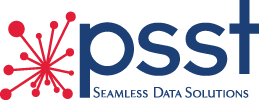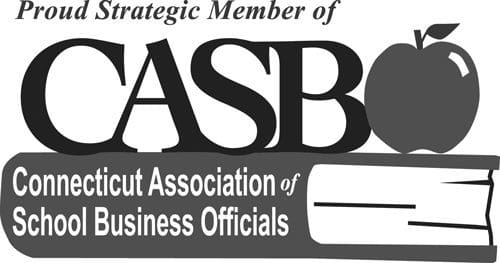According to an education technology survey conducted by The League of Innovative Schools (July 2017), when it comes to improving K-12 interoperability:
- 70% of respondents report having taken steps toward being more interoperable;
- 88% report data interoperability as having an impact on decision-making or being a primary consideration in district level purchasing of an education technology solution.
In the journey to digital transformation, however, K-12 central business offices face many challenges, including how to achieve true interoperability among their software applications and system of record, and across the organization.
Interoperability is the extent to which information systems and software applications have the ability to communicate with each other through the sharing of data, so it can be readily accessed and used with minimal manual processes. Interoperability also allows systems to connect in a secure, controlled and coordinated manner.
Many school systems use point-to-point integrations, which do not allow multiple software applications and data sources to communicate with each other, to accomplish routine tasks such as onboarding employees, running payroll or updating employee data. With data silos and software systems that don’t talk to each other, countless hours of time are often spent logging into dozens of applications and systems, gathering information, and creating spreadsheets. Consequently, it can take days to develop reports, run payroll or complete the onboarding process for a single employee.
While K-12 school districts are under much more pressure today to access and use data for processes, reporting and decision-making, it is projected these demands will only increase within the next five years.
The good news is creating an environment where data is accessed and shared seamlessly throughout the central business office is achievable, but the key is to move from point-to-point integration to a single platform for integration or iPaaS (integration Platform as a Service).
Using an iPaaS to integrate the different HR, Payroll, Finance and Benefit software applications and a K-12 district’s system of record within a single platform will enable administrators to access and use data in a more productive and efficient system and greatly improve interoperability for the K-12 central business office.
While there are more than 120 iPaaS offerings in the market today, creating interoperability is an incredibly complex process for K-12 administrators. Unlike commercial entities, K-12 business requirements are unique and must address numerous federal, state and local reporting and accountability requirements.
Improved interoperability may seem a lofty goal for K-12 central business offices, especially in light of so many challenges. Yet, the increased demand for automated, real-time processes has become a reality. Examining improved interoperability and what it can do to improve efficiency, resources and time is imperative for the K-12 school districts.
Founded with a vision for improving efficiencies for K-12 business administrators, PSST has nearly 30 years’ experience providing business software and integration solutions to K-12 central offices.






